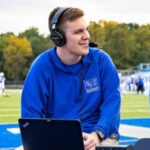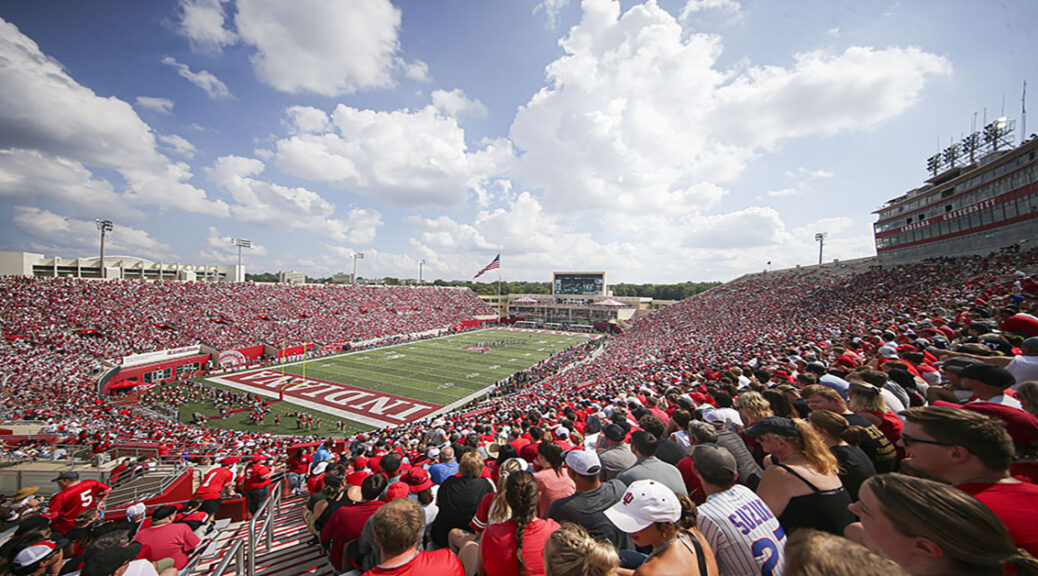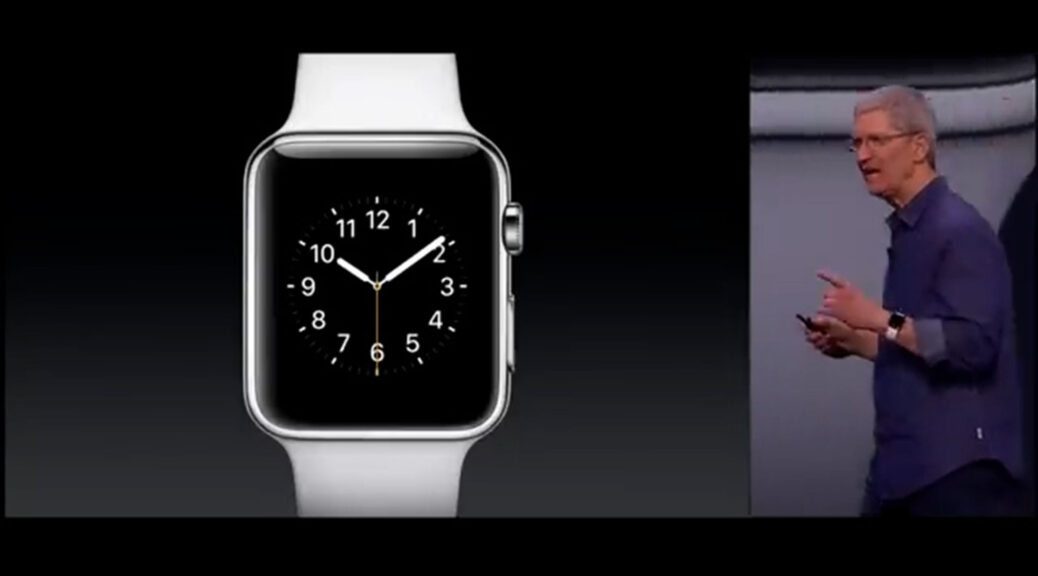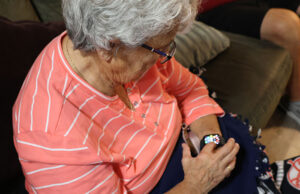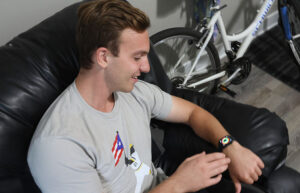Smaller Sports Utilizing NIL & How Funding Could Soon Be Cut
By: Maddi Sponsel, Sophia Galvanek, Gavin Worrel
Name. Image. Likeness. 3 words that have engulfed the college sports world in the past 4 years. The once thought of dream idea for college athletes to be compensated for their identity has come true and has provided unique impacts for smaller sports but funding could soon become a problem.
Grace Urbanski is a student photo intern with the Cuban Center and is majoring in sports media at Indiana University. She also is the director of the Little 500 network and a media school ambassador. Grace covers all 24 sports at Indiana University as part of her job and can say for certain that more popular sports like football receive way more sponsorships compared to less revenue-generating sports like field hockey. Grace thinks that NIL is a phenomenal opportunity for athletes to be rewarded for their efforts and time invested in sports. She constantly sees that NIL allows athletes to showcase their personalities, how they play on the field, and community engagement, which is extremely beneficial for them.
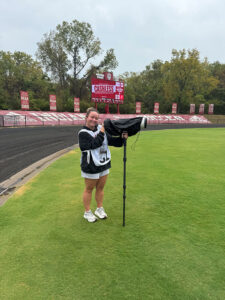
Grace also talks about how teammates often repost each other’s NIL deals on social media, showing a supportive environment. She also highlights that the Little 500 network, which is not an NCAA Division 1 team, has a stronger team bond as they participate for the love of the game rather than the financial gain aspect. “This lack of sponsorship opportunities in Little 500 makes their team bonds more genuine and unified,” says Grace Urbanski. She also states that non NCAA division teams are still working just as hard if not harder.
Ara Cowper is a social media intern in the Championships and Alliances department. She was a former student athlete at Indiana University where she was on the rowing team and also an intern at the Mark Cuban Center for Sports Media and Technology where she worked with the social media team. She remembers during her junior year that NIL became more of a significant thing in terms of having to have training with each team and talked about how you want to represent yourself. They explained to her that this is how she could get deals. Ara states that during her senior year, “It became a much bigger conversation”, more stories and more publicity came out for college athletes.

Ara also mentions that out of 70-80 rowers, only she and one other teammate had NIL deals. Ara explains because rowing is a newer sport and there aren’t many rowers that NIL did not really affect her but she found it really cool to see it grow and her experiences that she had that involved a couple deals. Ara Cowper discusses her NIL deals, including one with Bloomington Bagel Company and her participation in the IU NIL store. She was also part of the third cohort of the Meta-NIL Empower group, a program focused on branding, career development, and NIL strategies. She explains how her understanding of NIL and social media strategy evolved, allowing her to better navigate and leverage NIL deals. For these applications, Ara says “you have to turn in your social media profiles and talk about why you would be good for the deal”. After getting rejected twice, she was finally accepted in her last year of college. Ara also went through many mental and physical struggles as she got injured plenty of times in rowing, and thinks it’s really important to emphasize and talk about these things. To get through these struggles, she got a guinea pig and this became her niche because people would come up to her and say “you’re the rower with the guinea pig”. Ara also emphasizes “college athletics never stay the same”, It is always changing and she found it interesting to see how all this played out because at the beginning there were not a lot of rules around it.
Galen Clavio is an Associate Professor in the Media School at Indiana University, where he serves as the Associate Dean for Undergraduate Education and the Director of the Sports Media program. Clavio discussed the Supreme Court’s decision on NIL 4 years ago, which marked a turning point for the NCAA. With these changes occurring in college athletics relating to name, image, and likeness rights, more proposed settlements can redefine financial structures for athletes. He says that this is all influenced by “ongoing legal challenges and shifting cultural dynamics in college sports”. But with this comes challenges. The NCAA is struggling to maintain financial control over college athletics. With growing external pressures to compensate athletes directly that matches their market value. Clavio also adds that legal challenges may also hurt their attempts to regulate payments to players, this complicates future settlements.
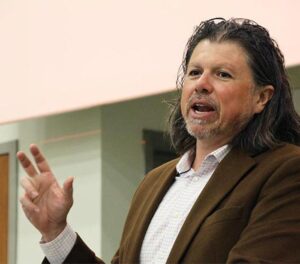
Clavio addresses that similar to past unsuccessful attempts to impose restrictions, the NCAA “efforts to limit athlete compensation face legal challenges” because the courts always rule against limiting earnings in college sports. He also talks about how many athletic departments are required to find significant funds for NIL payments, which is proposed at $22 million per year. This strains budgets that are already struggling to keep up. Clavio says this leads to potential cuts in other sports making it tough to make decisions about where to allocate these resources and ensuring it is all balanced between various sports programs while also complying with NIL regulations. Clavio also goes into detail about how bigger schools can offer more financial resources for NIL than others. This creates disadvantages for smaller programs that can not compete financially, creating a decline in their athletic competitiveness.
Interview video of people on the street in Bloomington, Indiana about NIL. People were interviewed about their thoughts on equal access to NIL and how budgets could be effect.


